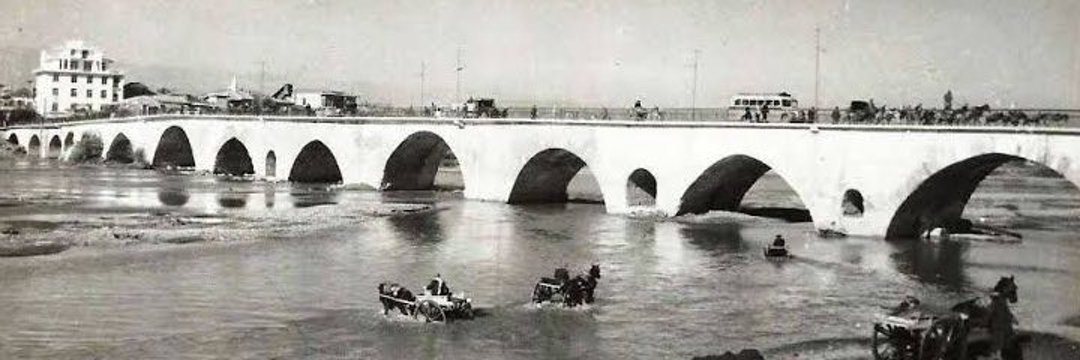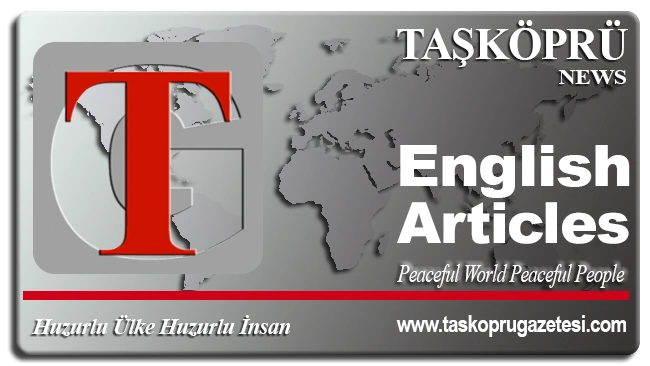Ceasefire Declared — But Is the Mission Over?
Written by Editor
The declaration of a ceasefire in Gaza has brought a moment of relief — yet fear, anger, uncertainty, and confusion persist. Protecting the ceasefire, ensuring the safety of civilians and activists, maintaining the flow of humanitarian aid, and setting new primary and interim goals for recovery and reconstruction are now essential. To achieve this, an international declaration and a sustainable platform — similar in spirit to the Flotilla movements, but grounded in legal and diplomatic structure — should be established.
A ceasefire means the guns fall silent; but as long as wounds remain open, infrastructure is shattered, and security gaps persist, the ceasefire is not an end, but the beginning of a new process. Reports from agencies confirm that while the ceasefire is technically in effect, violations and humanitarian bottlenecks continue.
Key Needs Emerging from the Current Situation
1. Ceasefire Monitoring & Protection
An independent and transparent monitoring mechanism is needed to prevent further violations of the ceasefire. (Field reports indicate that breaches are still occurring.)
2. Continuous Humanitarian Access
Border crossings such as Rafah must be opened safely, regularly, and efficiently; convoy routes must be secured.
3. Protection of Activists, Human Rights Defenders, and Journalists
UN bodies and human rights organizations stress the need to guarantee the safety and legal status of civilian activists involved in humanitarian or peace missions, such as those participating in flotilla-type initiatives.
4. Step-by-Step Recovery Objectives
Short-, medium-, and long-term tangible goals should be defined — such as the establishment of humanitarian corridors, infrastructure rehabilitation programs, prisoner and remains exchanges, and mechanisms for justice and accountability.
Post-Ceasefire Roadmap
Ceasefire Monitoring and Transparency Office
An independent office composed of international experts in law, humanitarian relief, medicine, and engineering.
Publishes daily/weekly violation reports.
Submits reports to international organizations and issues press briefings.
Humanitarian Corridor and Rafah Security Line
An international observer force should oversee the control of Rafah and the inspection of truck passages, ensuring safe transit and protection of warehouses and distribution routes.
“Sumud Flotilla” – A Continuous Support Platform
An international platform combining the energy and moral spirit of flotilla missions with legal and diplomatic structures.
Purpose:
To coordinate humanitarian deliveries by sea and land, document the safety of activists, and generate international awareness and pressure through a formal declaration. (Flotilla operations already demonstrate a powerful model — now it must be supported by legal and diplomatic tools.)
Protection and Legal Safeguard Mechanisms
Provide activists with emergency legal aid, medical assurance, and on-site security protocols.
An international declaration, signed by states, NGOs, and human rights networks, should include key clauses on “maintaining the ceasefire and ensuring the safety of activists.”
Concrete Interim Goals
0–6 Months:
Establish the Ceasefire Monitoring Office
Begin Rafah inspections
Expand emergency humanitarian aid volume
Platform to operate for 10 years
6–18 Months:
Launch infrastructure repair programs
Begin return and resettlement plans
18+ Months:
Advance international processes for justice and political mechanisms
Intensify diplomacy toward permanent peace
Why an International Declaration and a “Flotilla-like” Platform?
Flotilla missions attract public and media attention but cannot, on their own, ensure sustained action. Channeling this energy into a legal, diplomatic, and logistical framework can significantly strengthen ceasefire protection.
An international declaration holds states and major institutions accountable, and — combined with violation reports — can propose enforceable sanctions and behavioral standards.
Practical Steps for Activists and Peace Advocates
Create a Security Protocol:
Define communication, medical emergency, documentation, and legal support channels.
Build Networks:
Coordinate with local and international NGOs, human rights groups, peace juries, and independent journalists.
Segment Objectives:
Define short-term actionable goals under themes like Protection, Humanitarian Access, Infrastructure, and Accountability.
Prepare Legal/Diplomatic Demand Packages: Submit structured proposals to governments and international bodies (e.g., for a ceasefire monitoring mission or Rafah oversight).
Run Public Awareness Campaigns: Maintain public support through simple, emotional, and verified information.
Conclusion
A ceasefire does not mark the end of objectives — it marks the moment they must be reshaped.
Protecting peace is not about waiting for silence; it means building the mechanisms that sustain it, rebuilding human lives, and establishing international obligations that prevent future mistakes.
Reviving the Flotilla spirit — the essence of humanitarian solidarity and global awareness — and merging it with a legal-diplomatic framework could become a powerful path forward.
These ideas must be discussed today, transformed into actionable demands, and implemented through concrete plans.
If peace is not protected, the risk of renewed conflict will always remain alive.




YORUMLAR